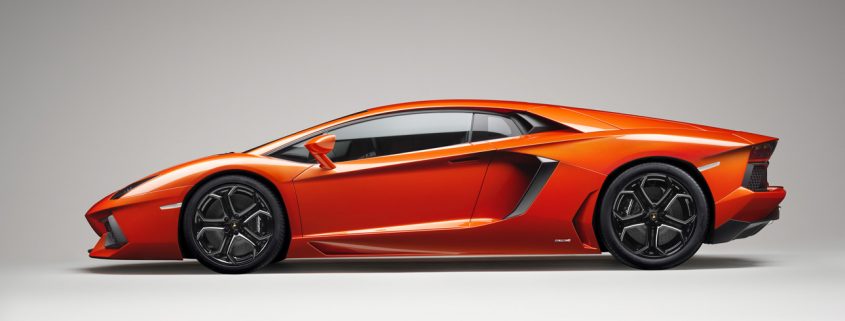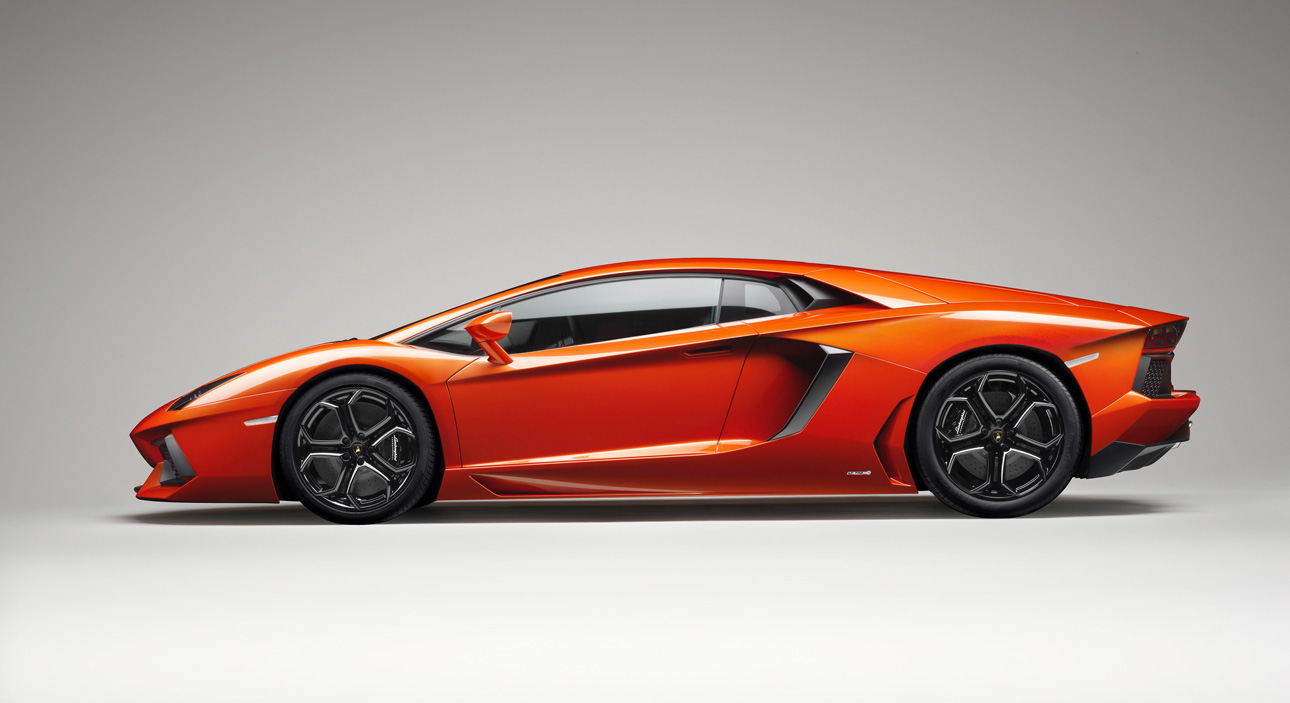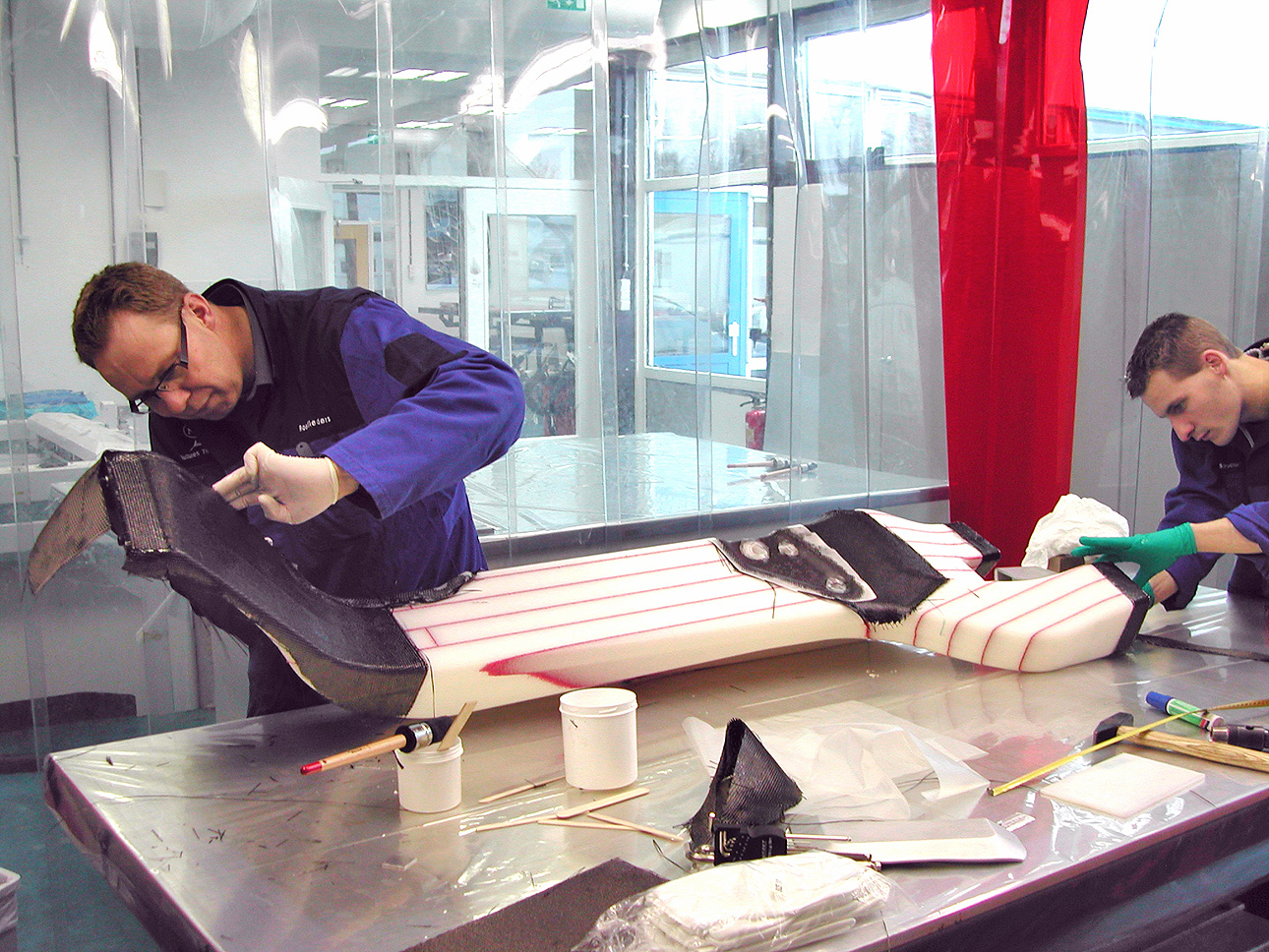In close collaboration with a number of Dutch small and medium-sized enterprises (SME-s), NLR developed composite parts for the latest Lamborghini sports car – Lamborghini Aventador LP700-4.
The newest Lamborghini was launched in March 2011 at the Geneva Motor Show. Unique features of this ‘super sports car’ is its monocoque and the use of structural components in ‘carbon fibre reinforced plastic (CFRP)’. In other words, a substantial part of this car is made from carbon fibre reinforced plastic (composite), a strong but lightweight material that is mainly used in aviation and aerospace. Also Lamborghini takes advantage of the outstanding properties of this material, making Aventador’s acceleration from 0 to 100 km/h in 2.9 seconds possible.
NLR collaborated in team work with Lamborghini’s ‘Advanced Composite Resarch Center (ACRC)’ in Sant’Agata, Italy for the development of prototype composite structural components to improve the load carrying structure of the composite monocoque during a frontal crash and to absorb energy from a lateral crash.
These prototype components were prepared and manufactured at NLR by applying a special braiding technology in which dry carbon fibres are applied to a core. Knowledge and experience with this technology was already available due to the fact that it was successfully applied during the development and prototype manufacturing of several landing gear concepts. SME Eurocarbon, based in Sittard, has machines to braid the dry fibers in this special process.
The prototype structural components were made of carbon fibre reinforced plastic using the ‘Resin Transfer Moulding (RTM) ‘ process with aid of light carbon moulds. Eurocarbon supplied the dry carbon fibre pre-forms (the braid) for these components. The pre-forms were injected (impregnated) with a special resin by using moulds and injection machines at NLR. Once the resin was cured, the composite semi-manufactured products were finished.
Eurocarbon is now involved in the series production of these components. This collaborative project shows that NLR’s knowledge forms an essential advantage for Dutch SMEs, which is one of NLR’s strategic ambition: to improve innovative and competitive capabilities of the Dutch industry.
More information: https://www.nlr.org/capabilities/composite-manufacturing-technologies/





